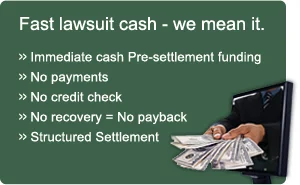Duty of care for bystander in tree cutting accident a question for Connecticut Supreme Court
March 23, 2015
A wrongful death lawsuit has taken a decade to wend its way through the legal system, ultimately ending up in the Connecticut Supreme Court.
On Feb 8, 2005, William McDermott stopped on the sidewalk to watching the progress of tree trimming performed by the Connecticut Department of Transportation. McDermott, 77, bypassed several orange traffic cones and stopped to talk to two crew members close to the tree. He was approximately 55 feet away and spent at least 15 minutes discussing work progress.
The large trunk was being cut down in sections when one rope guided 11-foot segment plummeted from about 25 feet, landed on another log and catapulted into the air hitting Mr. McDermott in the forehead. He fell backwards, striking his head on the sidewalk. Although he made it to the hospital alive, he passed away the day after the accident. McDermott’s widow filed the lawsuit, believing the state to be at fault.
Attorneys appearing for the state of Connecticut suggested that it was purely an accident, an unforeseen event. However, the plaintiff’s attorneys argued that state workers had a duty of care to make certain anyone was a safe distance from the worksite, and not just Mr. McDermott.
Middletown Superior Court initially ruled the accident was indeed foreseeable and thus the state was liable. This verdict resulted in a $1.3 million award to the widow. The state appealed the case, and the decision was overturned at Appellate Court level. The plaintiff’s attorney’s responded with an appeal to the Supreme Court. The Justices will probably be several months in deliberating the salient issues involved.
During the ten-year period that it took to get this case to court, the 65-year-old widow most likely had some financial struggles with related bills. One solution for an individual in this circumstance would be applying for litigation funding.
Litigation funding, or a lawsuit loan is emergency cash advanced to a qualified plaintiff to use while they are waiting for their case’s resolution. While most plaintiffs use the funds they receive to pay for medical, funeral and burial expenses, the pre-settlement funding may also be used to pay other important financial obligations, such as rent or a mortgage, as well as car or student loans.
The only thing a plaintiff needs to do before contacting a litigation funding company is to hire an attorney and make sure the lawyer has all the right documents to proceed with building a case. The lawsuit loan company needs to know case details prior to approving any funding. Any approved funding is sent directly to a plaintiff’s bank account within 48 hours or less.




